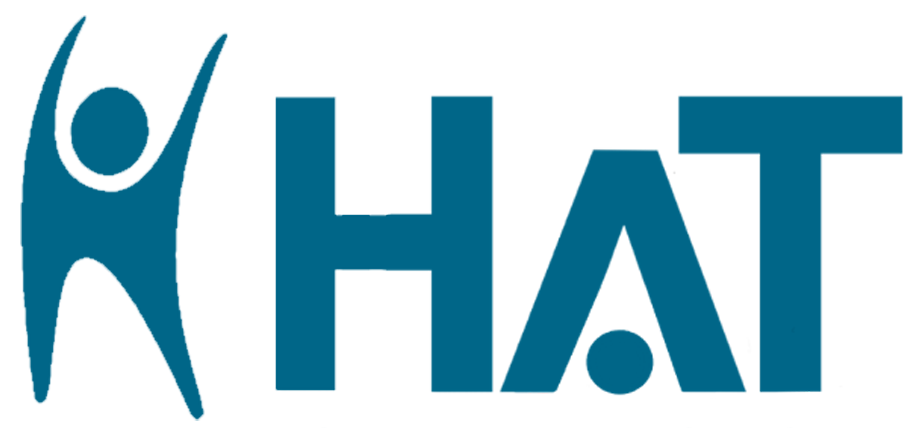HAT Hall of Fame Inductee
Terri Hope
Terri Hope
HAT Coordinator, Chair, Vice Chair
Please tell us a little bit about your background.
I was raised Jewish in New York. I have a BA in Speech Pathology and Audiology, University of Buffalo, and a Master of Social Work, specializing in Counselling and Community Development, University of Toronto.
I married Bob Hope in 1968 and we have two children: Melanie, b. 1973 and Richard, b. 1979. Bob and I moved to Toronto in 1969.
How did you become a secular humanist?
At a Word on the Street Festival in Toronto, I picked up a brochure from Canadian Humanist Publications describing a humanist. After reading it, I could not believe anyone else on earth thought the way I did. I had very strong ethics but saw no evidence for belief in an all-powerful God. Humanism described my values, nonreligious ethics and a compassionate approach towards other humans, animals and the environment.
Months later, while living near the Danforth in east Toronto, I noticed there would be a humanist (HAT) meeting nearby. I attended, and soon became a happy, involved humanist.
How did you become involved with HAT and when? What roles did you play in HAT?
I became involved in Toronto humanism, sometime in the late 80s or early 90s. I first assumed the role of membership chair, then became vice chair and then chair.
Are there accomplishments with HAT that you are especially proud of?
During my tenure, with much assistance, we grew from around 15 members to about 200. I don’t remember all of the techniques we used to build membership. It was mostly word of mouth. But there was also a newsletter and public presentations. Michael Schulman worked at this, suggesting an excellent roster of programs.
It was a moment of pride when we welcomed our 200th member. We actively sought a place at the table with issues related to ethics. I was proud to be on Andy Barrie’s CBC program Metro Morning with Dr. Rob Buckman.
Were there any difficulties or things you might call “failures”?
Although I wouldn’t specifically call it a failure, we were not successful at attracting many younger members. There are many reasons for this. We didn’t have a children’s or youth component. Younger people were busy with their families, and although many would describe themselves as humanists, they did not feel it was necessary to affiliate with a group to express that.
What did, and does, HAT mean to you?
HAT meant a great deal to me. It was a source of ethical affiliation and belonging. It was my community of like-minded people. It provided opportunities for social gatherings and new friendships.
What are your current interests? Tell us about your involvement with the Grey Bruce Humanists.
I love reading, being part of a French conversation group, and a book discussion group. I especially enjoy coordinating the Grey Bruce Humanists, which I developed about 17 years ago, and help to coordinate today. We hold monthly meetings on topics related to humanism and ethics, held lately on Zoom.
Was moving from Toronto to Owen Sound difficult for you?
Originally it was Bob who was anxious to leave the city, fed up with the noise and pollution. Since I am really a ‘city girl,’ I was reluctant at first, saying I would give it one year. He accepted that. Well, I started enjoying life up here more and more. I got on the Boards of Children’s Aid and the Women’s Centre, and soon lost my interest in moving back. This town has a lot of live music, art galleries, a great library and more, without the traffic. Unfortunately, there are not as many work opportunities for young people.


